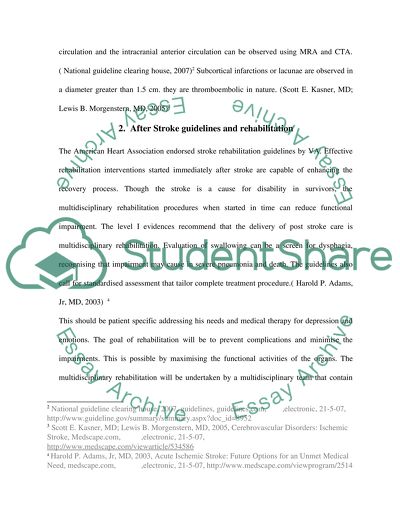Cite this document
(“Management of dysphagia after stroke Case Study”, n.d.)
Management of dysphagia after stroke Case Study. Retrieved from https://studentshare.org/health-sciences-medicine/1523150-management-of-dysphagia-after-stroke
Management of dysphagia after stroke Case Study. Retrieved from https://studentshare.org/health-sciences-medicine/1523150-management-of-dysphagia-after-stroke
(Management of Dysphagia After Stroke Case Study)
Management of Dysphagia After Stroke Case Study. https://studentshare.org/health-sciences-medicine/1523150-management-of-dysphagia-after-stroke.
Management of Dysphagia After Stroke Case Study. https://studentshare.org/health-sciences-medicine/1523150-management-of-dysphagia-after-stroke.
“Management of Dysphagia After Stroke Case Study”, n.d. https://studentshare.org/health-sciences-medicine/1523150-management-of-dysphagia-after-stroke.


